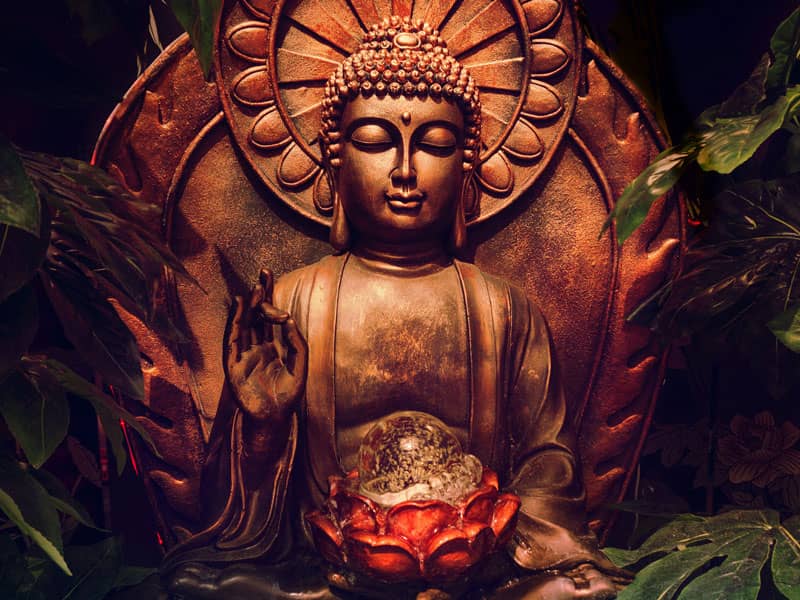Painstakingly hewn out of a cliff face by Buddhist monks between the second and fifth centuries AD, their faces have long since disappeared, destroyed by iconoclasts and the elements.
On Friday, what remained of the towering stone figures was also apparently being reduced to rubble by tank shells and rockets fired by militiamen of Afghanistan's Islamic fundamentalist Taliban.
The massive Buddhas carved into sandstone near the provincial capital Bamiyan stand about 175 feet and 120feet tall. The larger of the pair is considered the world's tallest standing Buddha.
Before their faces were lost, they wore the same serene smiles of the much later Buddhas in the far East, but their classical features and Hellenistic Greek robes represented their unique place not just in the history of Afghanistan, but of the world in general.
When they were built, Afghanistan was one of the most cosmopolitan regions in the world, a stop along the fabled Silk Route and a melting pot of merchants, travellers and artists from China and India, central Asia and the Roman Empire.
Buddhism was introduced in Afghanistan around the third century BC and the area around Bamiyan, in the center of the country, remained Buddhist until the arrival of Islam in the mid-800s.
Islam was not fully established there until the 11th century AD.
Once protected by pilgrims and monks who lived in nearby caves, the Buddhas of Bamiyan were one of Afghanistan's leading tourist attractions until the 1979 Soviet invasion and subsequent civil war.
They now appear to be doomed, victims of a Taliban decree ordering the destruction of all statues in the country to prevent the worshiping of "false idols."

